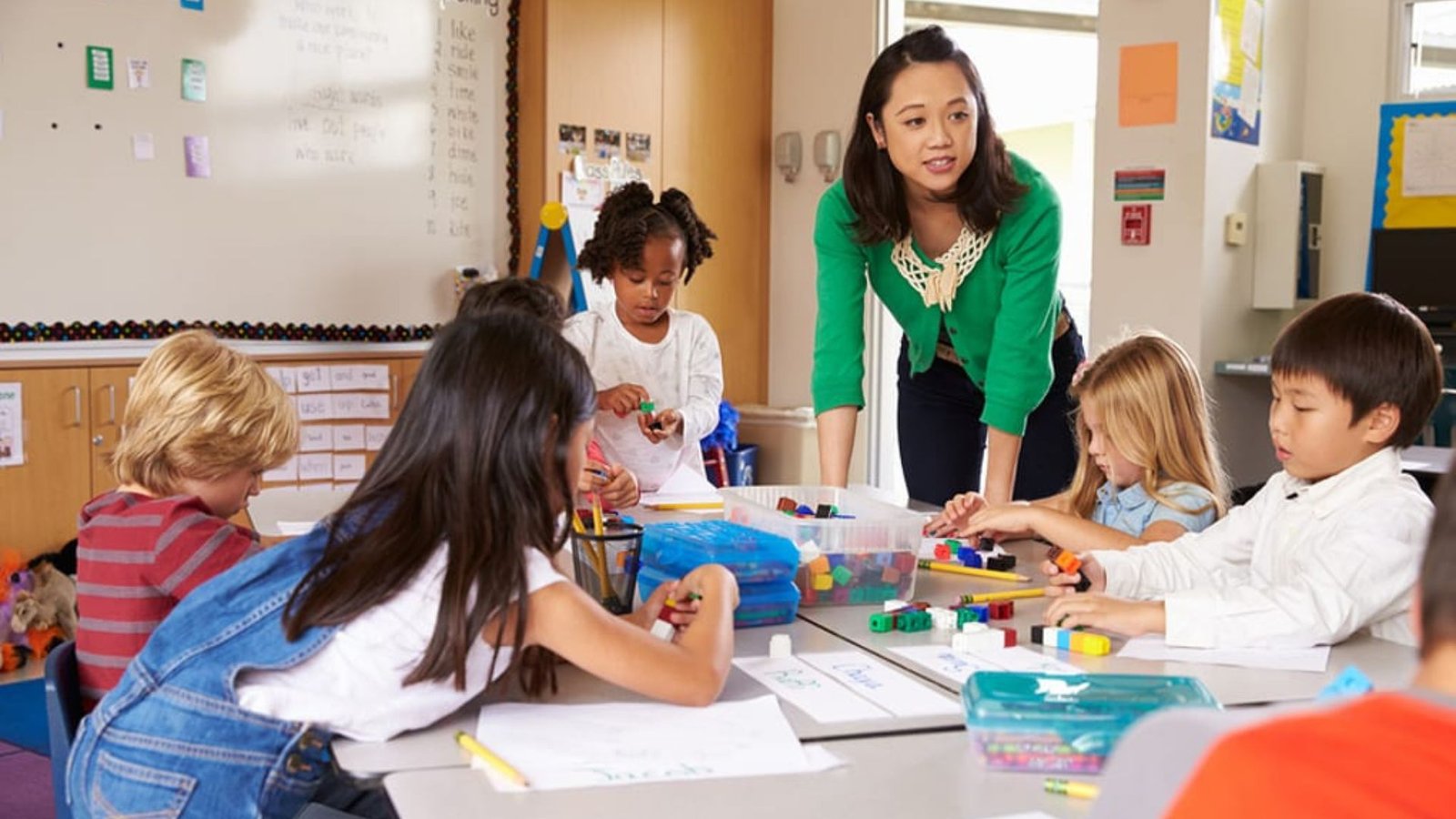Helping students with special needs is essential for creating a supportive and inclusive learning environment. Every student deserves an equal opportunity to succeed, regardless of their unique challenges. Whether it’s physical disabilities, learning difficulties, or emotional challenges, students with special needs require tailored support to thrive academically and socially. In this article, we’ll share some practical tips for helping students with special needs, focusing on strategies that can make a real difference in their learning experience.
Understanding Individual Needs
The first step in helping students with special needs is understanding their requirements. Each student is different, so what works for one might not work for another. Spend time getting to know each student, their strengths, and the specific challenges they face. Talk with parents, caregivers, and other professionals involved in the student’s education to gather as much information as possible. This knowledge will help you develop a personalized approach that caters to each student’s needs.

Creating an Inclusive Classroom Environment
An inclusive classroom environment is crucial for helping students with special needs feel comfortable and accepted. Ensure that your classroom layout is accessible for students with physical disabilities by providing enough space for wheelchairs or other mobility aids. Use seating arrangements that encourage interaction and collaboration. Additionally, promotes a culture of respect and understanding among all students, encouraging them to embrace diversity and support their peers.
Using Visual Aids and Multisensory Learning
Visual aids and multisensory learning techniques can be incredibly effective in helping students with special needs. Many students benefit from seeing information presented in different ways. Use pictures, charts, and videos to supplement your verbal instructions. Incorporating hands-on activities can also help students grasp complex concepts. For example, using tactile objects or interactive tools can make learning more engaging and accessible for students with different learning styles.
Implementing Assistive Technology
Assistive technology plays a significant role in helping students with special needs succeed. Tools such as text-to-speech software, audiobooks, and specialized communication devices can help students who struggle with reading, writing, or speaking. Technology can bridge gaps in learning and provide students with the means to participate fully in classroom activities. Make sure to stay updated on the latest assistive technologies available, as they are continually evolving and improving.
Providing Clear and Consistent Instructions
When helping students with special needs, it’s important to give clear and consistent instructions. Break down tasks into smaller, manageable steps, and guide at each stage. Repetition can be helpful, so don’t hesitate to repeat instructions or rephrase them if needed. Visual schedules or written checklists can help students keep track of their assignments and understand what is expected of them.
Offering Positive Reinforcement and Encouragement
Positive reinforcement and encouragement are key strategies for helping students with special needs build confidence. Praise their efforts and celebrate their achievements, no matter how small they may seem. Positive reinforcement can motivate students to keep trying, even when they find tasks challenging. Create a supportive environment where students feel safe to ask questions and make mistakes without fear of judgment.
Encouraging Peer Support and Interaction
Encouraging peer support is another effective way of helping students with special needs. Foster a sense of community within the classroom by pairing students together for group work or activities. Encourage students to help one another and to be patient with their peers. Peer interaction not only provides social support but also helps students with special needs learn from their classmates in a natural, collaborative setting.
Adapting Teaching Methods
Flexibility is essential when it comes to helping students with special needs. Be prepared to adapt your teaching methods to meet the needs of your students. This might mean offering alternative assignments, providing additional time for tests, or using different forms of assessment. Adapting your approach shows that you are committed to finding ways for all students to succeed, regardless of their challenges.
Conclusion
In conclusion, helping students with special needs requires understanding, patience, and a commitment to creating an inclusive environment. By tailoring your approach, using visual aids, incorporating assistive technology, and maintaining open communication with parents, you can make a significant positive impact on the lives of these students. Every child deserves a chance to succeed, and with the right support, we can help them reach their full potential.

